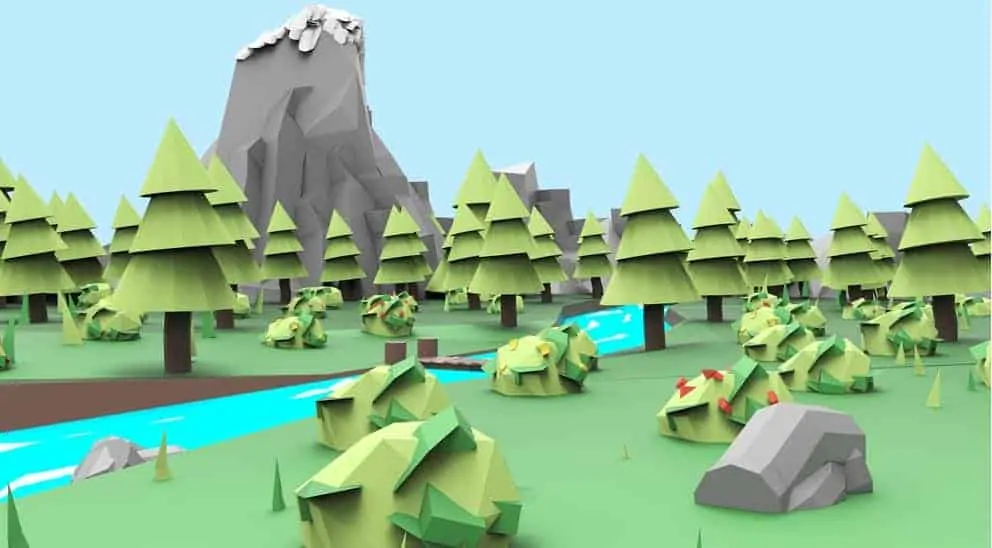There’s a brand new update available for Google’s VR creation and creativity program Blocks which should make it easier than ever to create 3D models for use in VR and AR. Blocks first released last summer for both HTC’s Vive and the Rift, and can consequently be grabbed from either Steam or the Oculus Store. The latest update includes new creation environment options, improvements to snapping, and additions to the software’s experimental features found in the Labs menu.
The majority of the newly included features apply to the experimental settings which shouldn’t be too surprising since the platform has garnered so much feedback that Google is eager to test the most requested features in order to roll them out as quickly as possible. Each of these will need to be activated from the menu hidden behind the beaker icon if they are to be used. Starting things off is the newly added ability to subdivide loops, which is a pretty common feature in more traditional 3D modeling software. The functionality only requires you to long-press the trigger while subdividing in order to create a subdivision. If that loop is set around an object, the subdivision will loop around the entire mesh. Along those same lines, users with experimental features enabled will finally be able to erase edges, faces, and vertices by using the standard erase tool. Beyond that, Google has included an option to enable world space grids and a volume-specific mesh insertion tool, which will allow for more precise building and scaling. For even more precision in shape design, a non-coplanar face mode has been included so that object faces don’t have to be coplanar – which often results in sometimes useful triangular extrusions – when reshaped. Finally, there’s a newly expanded mesh wireframe and for those mistakes that are bound to happen with all of the new selection options, Google has a new experimental feature it calls stepwise selection undo. The tool will allow users to redo or undo steps in their multi-selections.
With regard to new, non-experimental improvements, Google enhanced its snapping algorithm in order to make the task of snapping objects, edges, and vertices together more precise and less inconsistent. Previously, users had complained that the process was unpredictable but that should be fixed with this update and there are even new guiding lines added to make things easier. The company also added new options for backgrounds in the creative environment, allowing users to choose between the existing desert environment and a new nighttime mode, as well as plain white and black options.

